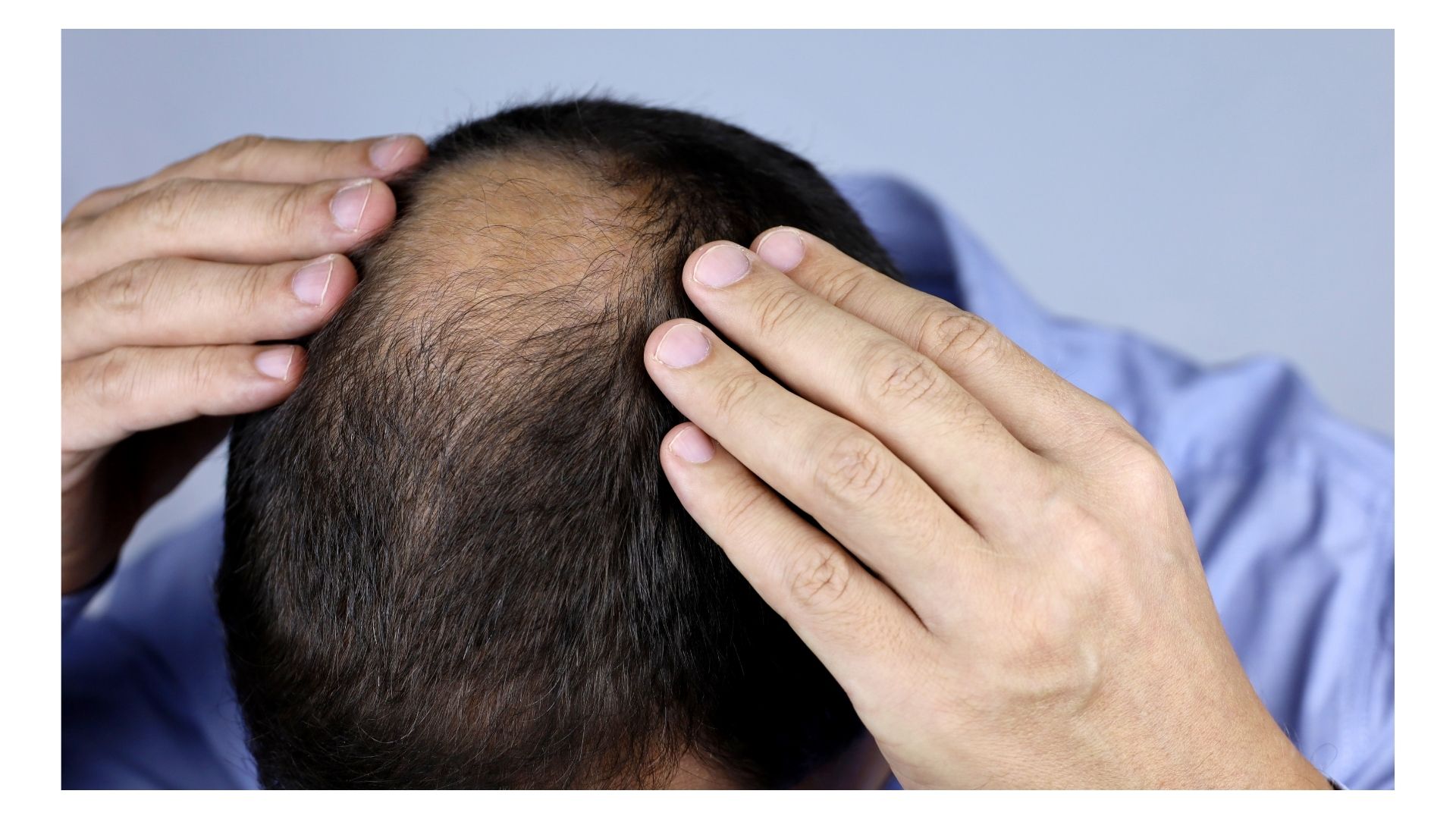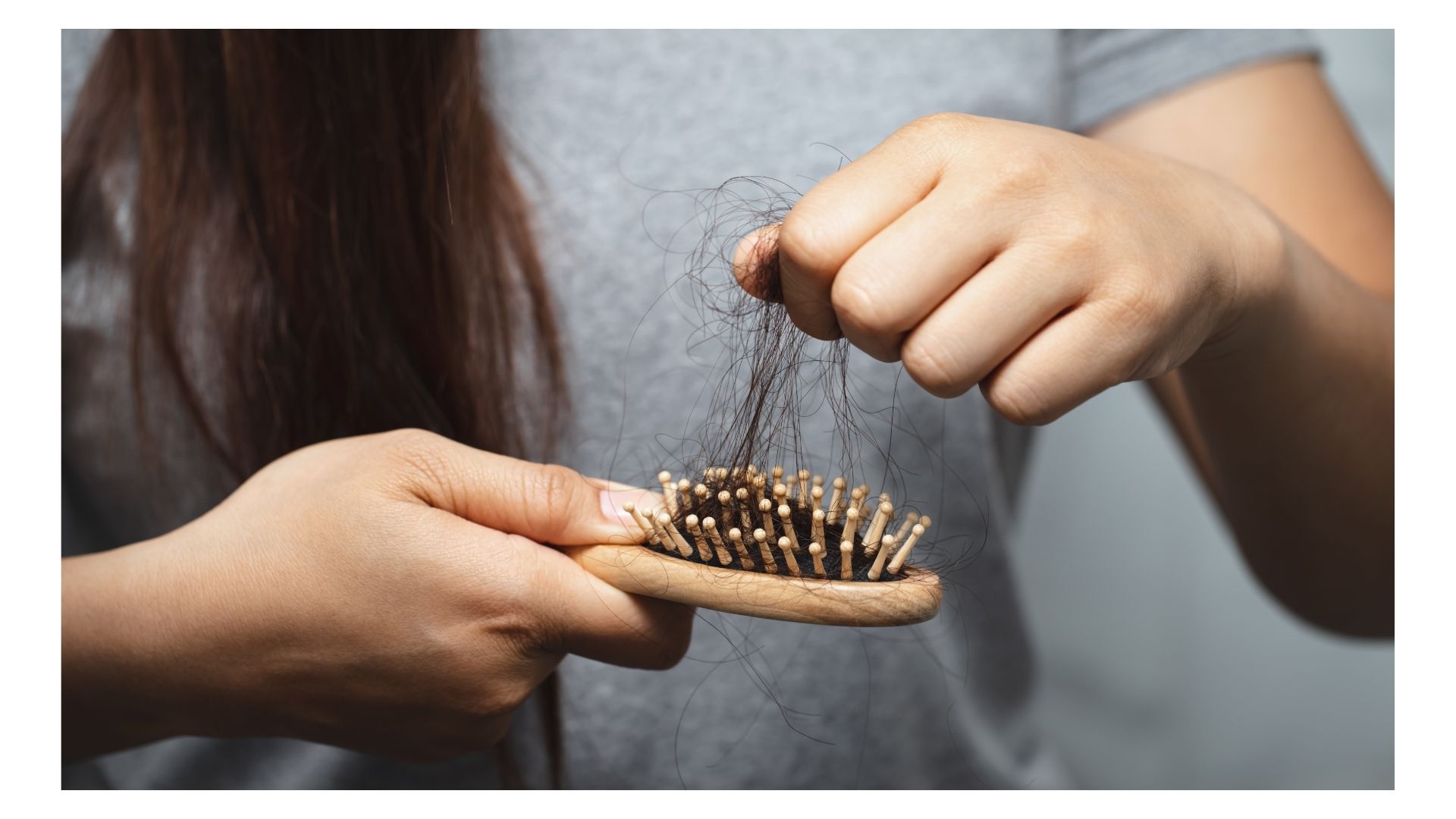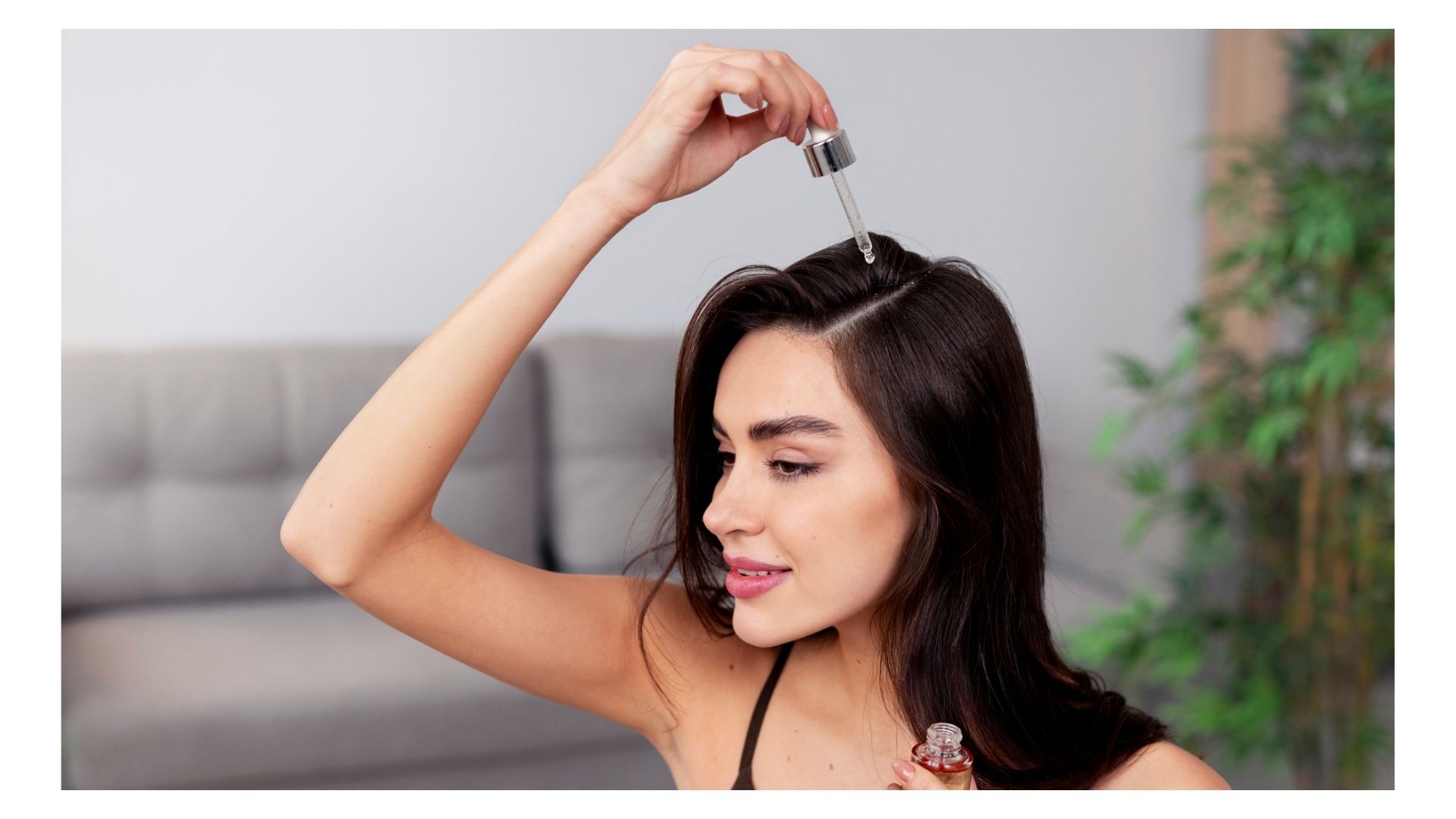From London to Seoul, Istanbul to Mumbai, men and women alike are turning to medical advancements and cultural beauty standards to guide their hair restoration journeys.
The reasons are as varied as the methods: genetics, ageing, stress, or simply fashion. Yet while the end goal is often the same – natural-looking hair that boosts self-esteem – the routes taken in different countries offer fascinating contrasts.
This global tour explores how cultural values, medical infrastructure, and aesthetic ideals are shaping the future of hair restoration.
The UK: Precision and Subtlety in High Demand
In the United Kingdom, the Follicular Unit Extraction (FUE) technique reigns supreme. Known for being minimally invasive, FUE involves removing individual hair follicles from a donor site (typically the back of the head) and transplanting them to thinning or bald areas.
What sets the UK apart is the national preference for discretion. British clients don’t just want more hair – they want it done well and undetectably. Naturalness is the name of the game, and FUE delivers with its ability to mimic natural growth patterns and leave minimal scarring.
At IK Clinics, this trend is clearly visible in client demand, where patients favour the control, customisation, and quicker recovery offered by FUE over more traditional methods like FUT (Follicular Unit Transplantation).
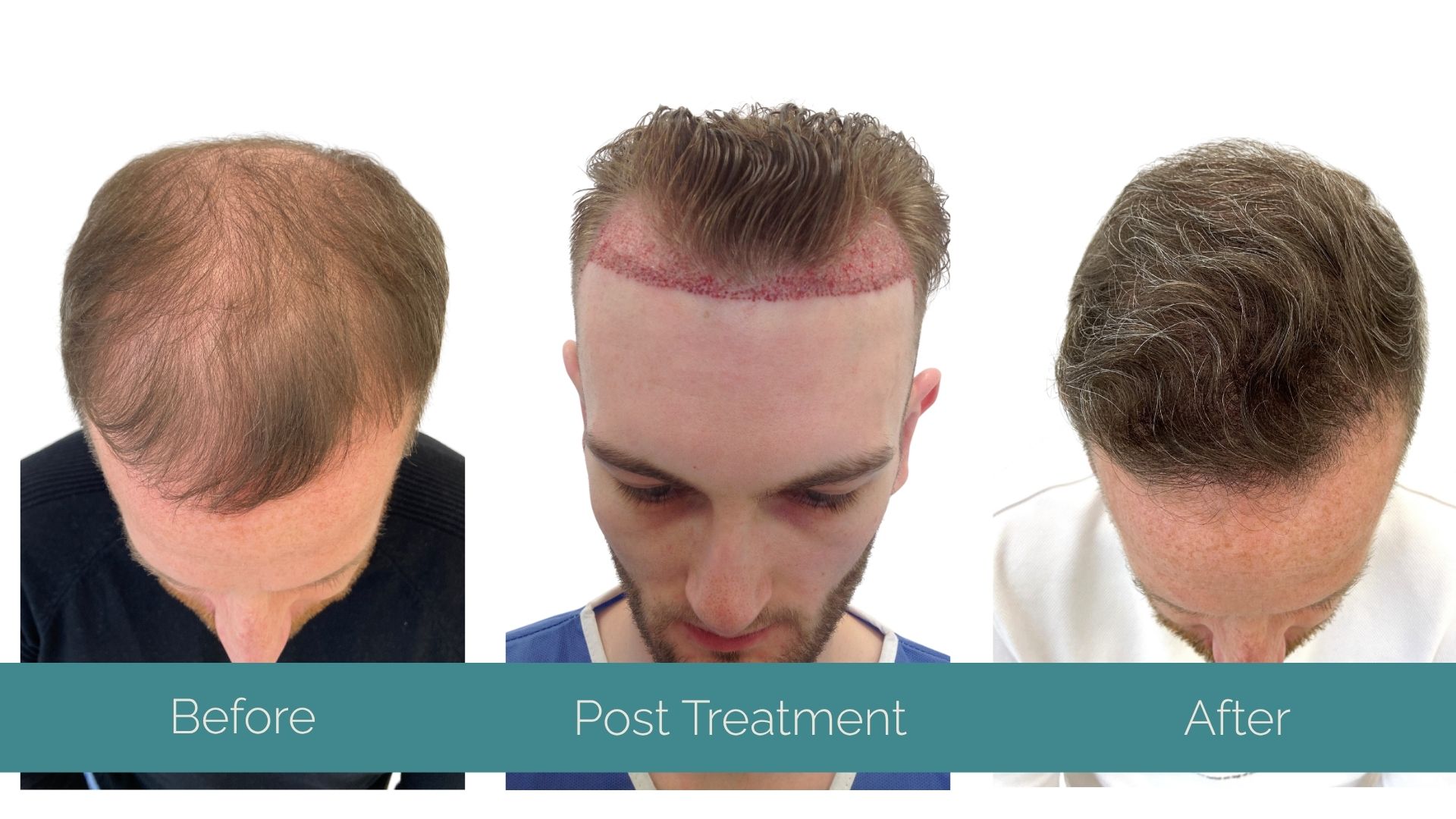
Turkey: Global Hair Restoration Hub with a Catch
Turkey, and more specifically Istanbul, has become the world’s unofficial capital of hair transplants. With thousands of procedures performed annually, the country is renowned for its affordability and technical expertise in FUE and Direct Hair Implantation (DHI).
But while cost savings and surgical skills attract international clients in droves, some clinics have drawn criticism for inconsistent aftercare and limited follow-up.
Patients are advised to do their homework and choose reputable, medically certified centres to ensure safety matches affordability.
United States: Aesthetic Integration and Premium Customisation
Across the Atlantic, the United States is seeing a rise in combination treatments, where hair restoration is paired with beard or eyebrow transplants and therapies like PRP (Platelet-Rich Plasma) for an all-round aesthetic upgrade.
However, the bespoke nature of these treatments – often involving high-end clinics and multiple sessions – comes at a premium. American clients value results, but they also expect top-tier service, innovative technologies, and a seamless cosmetic experience.
South Korea: Artistic Hairline Design Meets Cutting-Edge Tech
In South Korea, cosmetic excellence is about finesse. Hair transplants here are less about density and more about enhancing facial balance.
Hairline design is approached like an art form, tailored to suit individual face shapes and features. The goal? To restore youthfulness in a way that is subtle, elegant, and practically invisible.
While the technology and skill on offer are world-class, those seeking dramatic coverage may find Korean clinics too conservative in their approach. For patients with significant hair loss, the focus on refined aesthetics may not deliver the volume they desire.
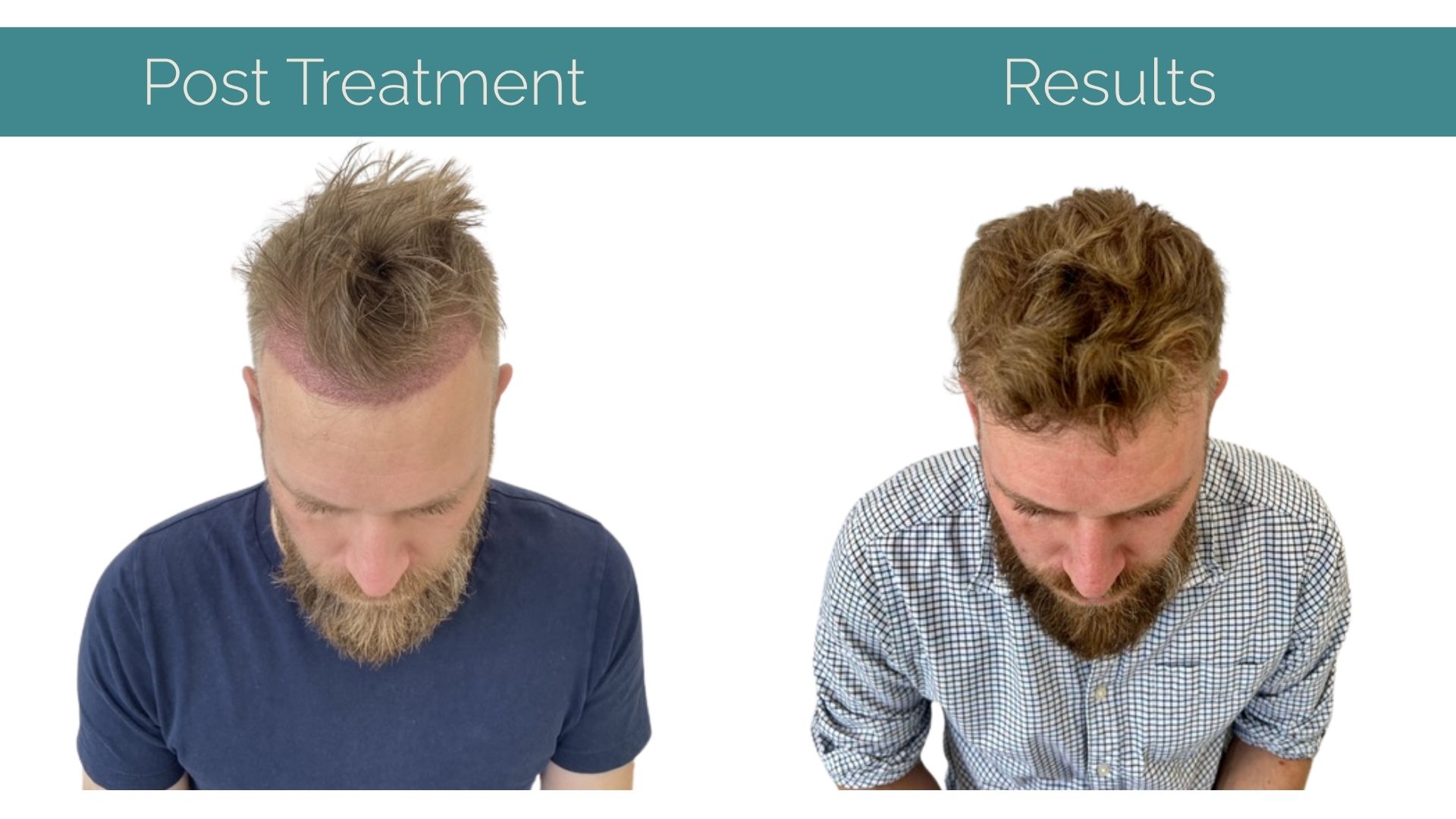
Middle East: Bold Results Rooted in Cultural Pride
In the Middle East – particularly the United Arab Emirates and Saudi Arabia – hair restoration is more than cosmetic; it’s cultural. Thick, healthy hair is often associated with vitality and masculinity, driving a preference for dense results using combination techniques like FUE and FUT.
These intensive procedures deliver striking results but can also mean longer recovery periods and higher costs. Yet for clients in this region, the investment is worth it if the outcome aligns with personal and cultural ideals of beauty.
India: The Rise of Non-Surgical Solutions
India’s hair restoration scene is undergoing a transformation, especially among younger demographics. Non-invasive treatments like PRP and Low-Level Laser Therapy (LLLT) are gaining traction for their affordability, convenience, and zero downtime.
Traditional Ayurvedic remedies also retain popularity, blending ancient wisdom with modern skincare routines.
However, for patients facing more severe hair loss, surgical options still offer the most dramatic and reliable results – making education and consultation essential for setting realistic expectations.
The Risks of a One-Size-Fits-All Approach
While techniques like FUE have universal appeal, no single method suits everyone. Regional trends, climate, hair texture, and cultural values all influence what makes a treatment successful.
What works beautifully in South Korea may not satisfy expectations in Dubai. Similarly, cost-effective solutions in Turkey might lack the personalised aftercare offered in the UK or US.
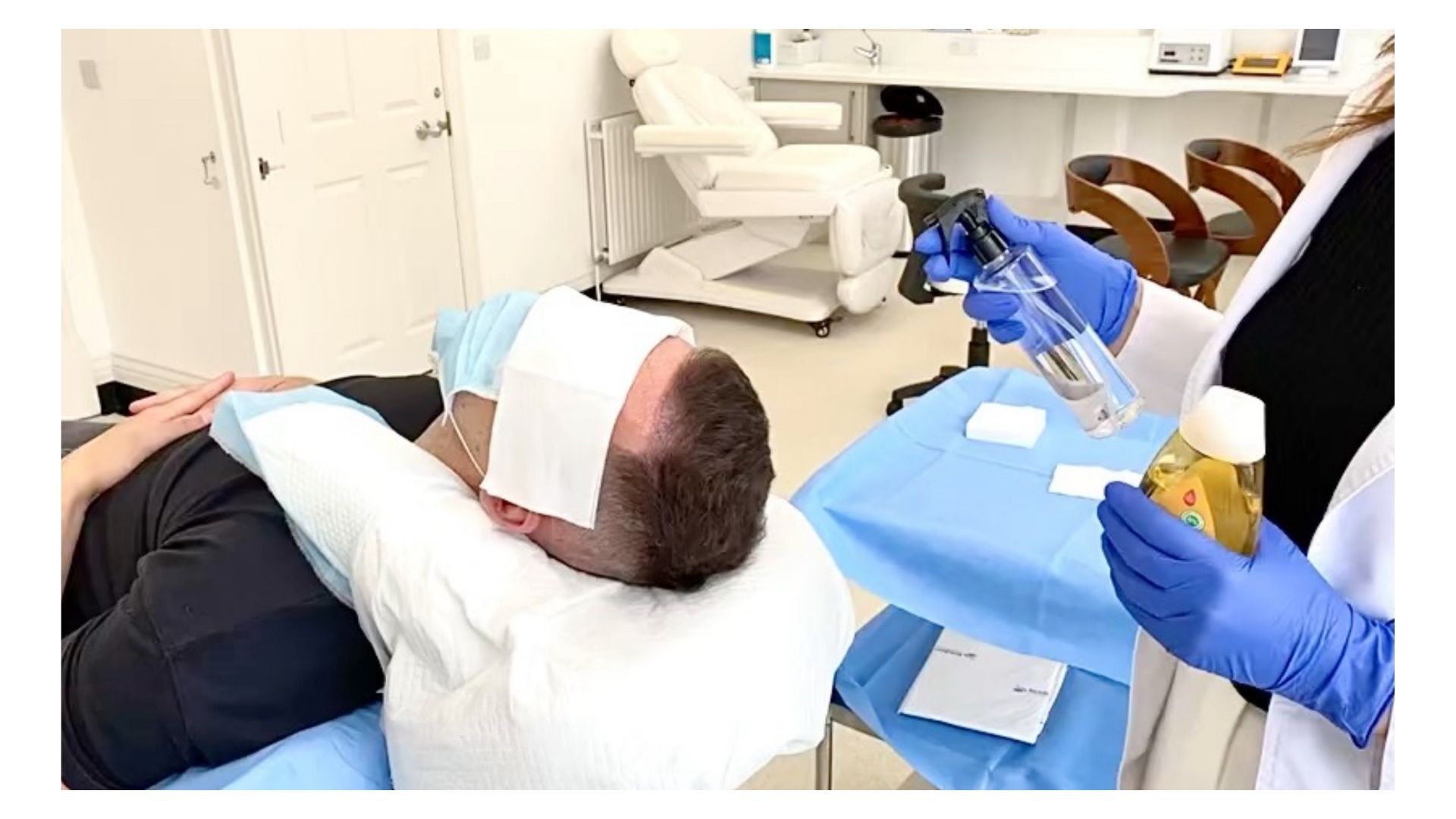
Conclusion: Global Techniques, Personal Journeys
Hair restoration is a global journey with deeply personal motivations. Whether you’re drawn to the artistry of Korean techniques, the high-density results in the Middle East, or the subtle precision of British clinics, the common thread is self-confidence.
Understanding global trends can be empowering – but your path should always be tailored. At IK Clinics, we believe in combining global expertise with local care. Our advanced techniques – from FUE to PRP and emerging stem cell therapies – are matched by personalised consultations that place your goals at the heart of every decision.
About IK Clinics
At IK Clinics, we are proud to stay at the forefront of global hair restoration trends, offering a variety of advanced techniques to meet the diverse needs of our clients. From FUE, PRP to Stem Cell Therapy, we ensure that every client’s treatment is tailored to their personal goals, helping them regain not just their hair but also their confidence.
Interestingly, we don’t just stop at hair restoration treatments, our highly skilled team also offers a range of anti-aging treatments.
